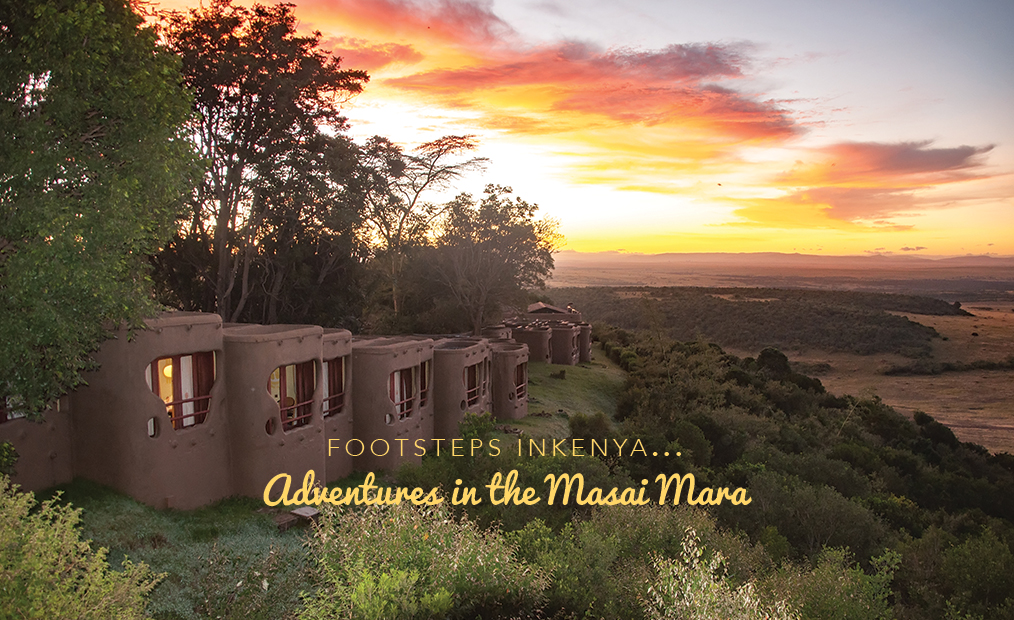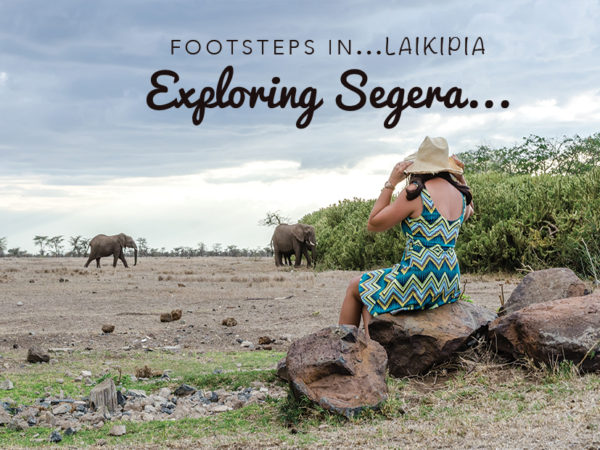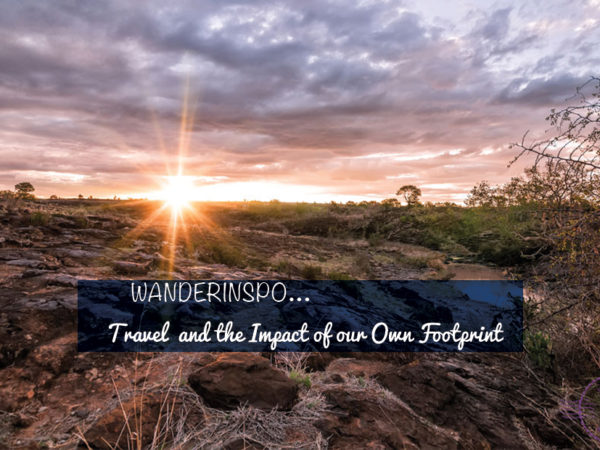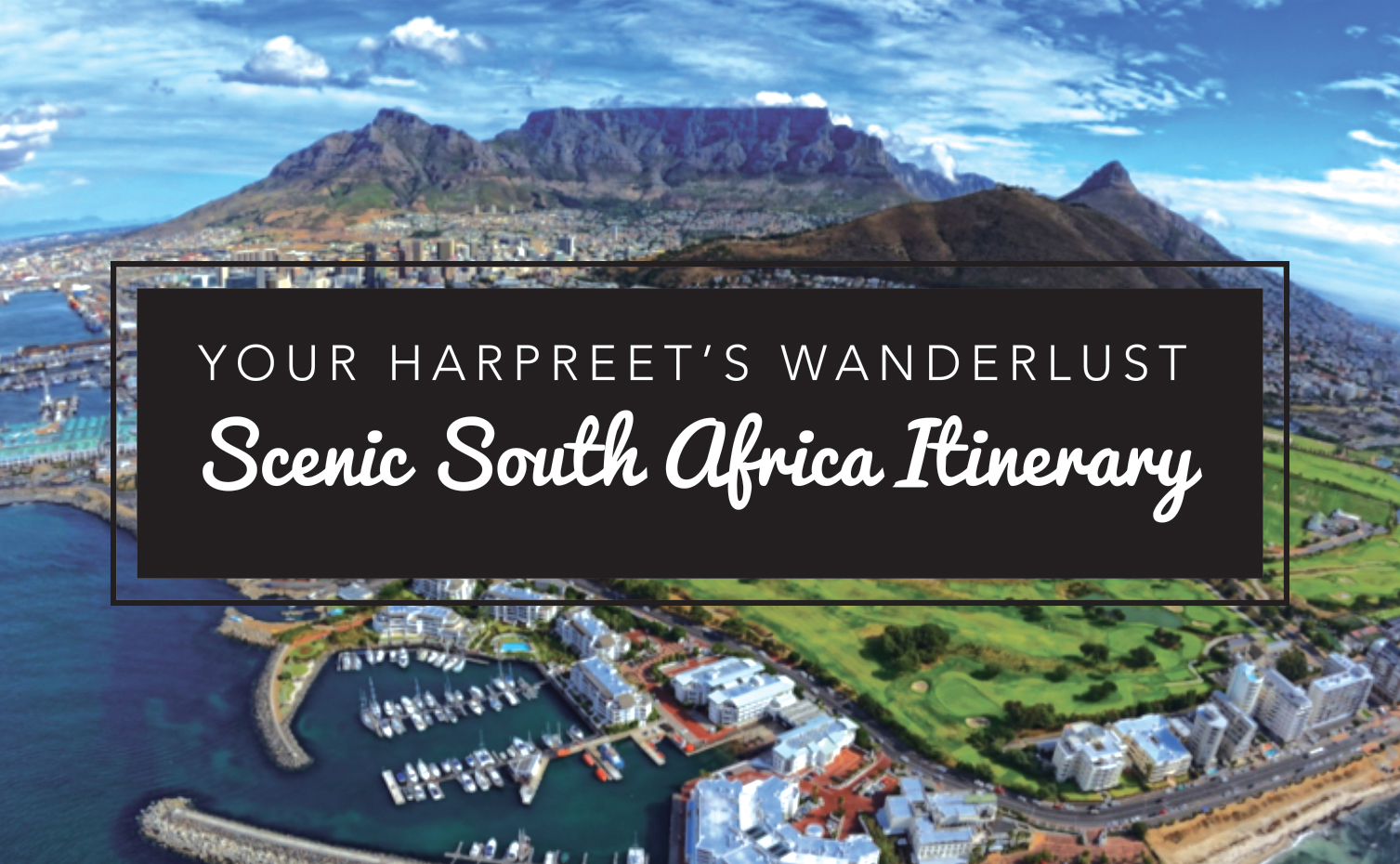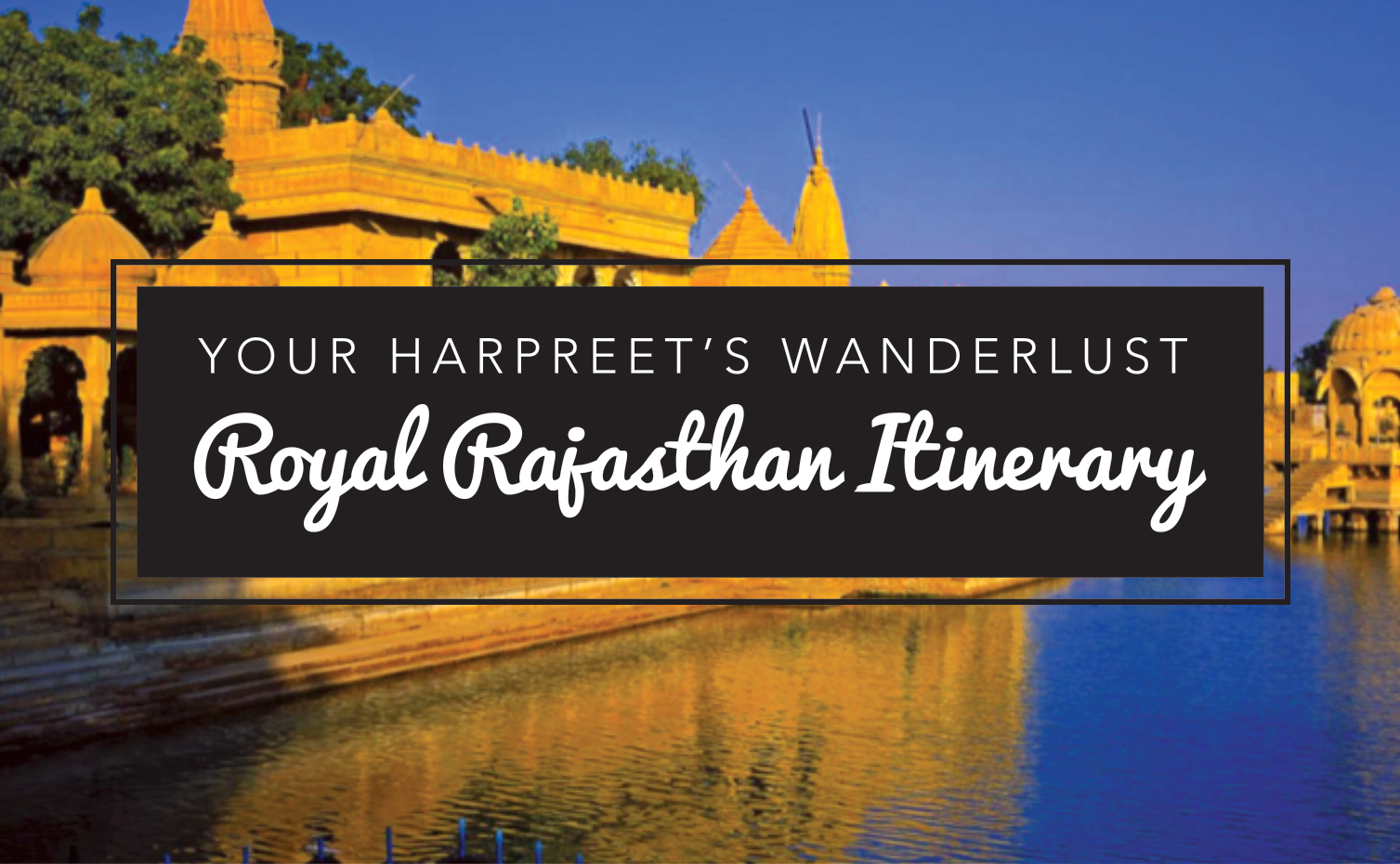Africa. This is a continent that I am becoming unashamedly addicted to: the more I explore, the more mysteries and beauty she reveals making me want to spend more and more time exploring the breadth of this phenomenal land. And yes, with the undeserved name “sh**hole” being thrown around a lot these days, well, all I can say is if people that thought this way had firstly bothered to set foot on this glorious continent, and secondly bothered to explore not only Africa, but anywhere in the world with an open mind, then those words wouldn’t have a place in their vocabulary to begin with.
I know it is past mid January and the last time my dear Wanderlusters heard from me was weeks ago. It wasn’t that I didn’t have anything to share: on the contrary; by now I know you, my dear reader is familiar with my ramblings but life threw me some really shitty curveballs that I had to deal with. When life throws me lemons, I steep my soul in travel. It really is the perfect balm for me and so, I took a digital detox to deal with life and I am now back, rejuvenated and ready to take 2018 by the horns and share tonnes of good stuff with you all, starting off with today’s ramblings from my own homeland of Kenya, famous for Safari where no two experiences have ever been the same and every adventure holds its own magic. I’ve already taken you on Safari to a couple of my favourite places in Kenya, and today, I welcome you on board for yet another adventure!

Looking forward to 2018
The Masai Mara is a world of its own. With her vast, open grassland savannah dotted with acacia trees and giraffes moseying in and out of sight of the treeline, to harems of zebra grazing away, herds of cape buffalo wallowing in mud and prides of lions lazing in in the African Sun, this really is deserving of an accolade titled “the ultimate adventure.” The Mara is just beautifully wild, and it stirs up an almost innate primal instinct in one to be in the mood for adventure. Because, really, when all is said and done, a Safari really is an adventure in itself. You never know what to expect, and you come away exhilarated every time. A Safari does a lot, but the one thing it never does is disappoint.
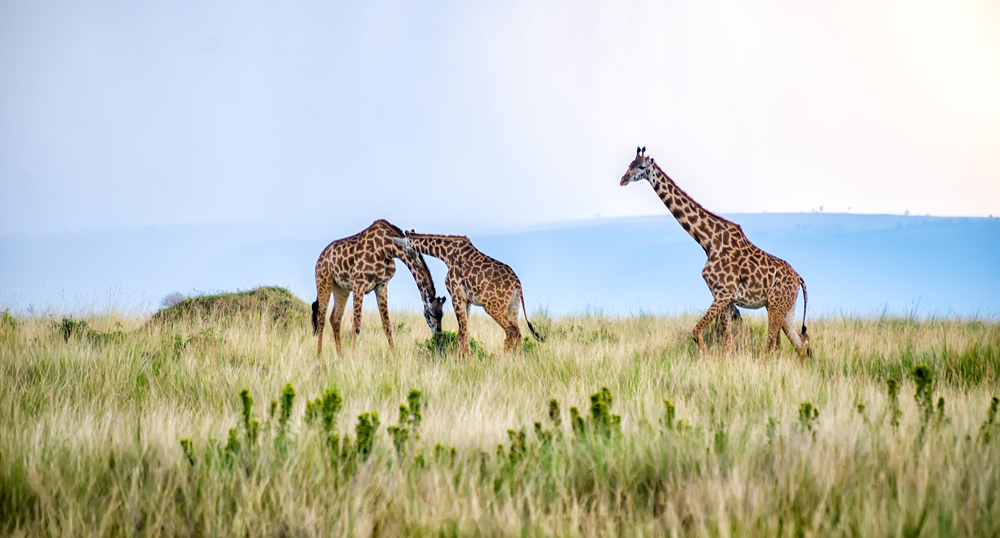
Giraffe moseying in the plains of the Mara
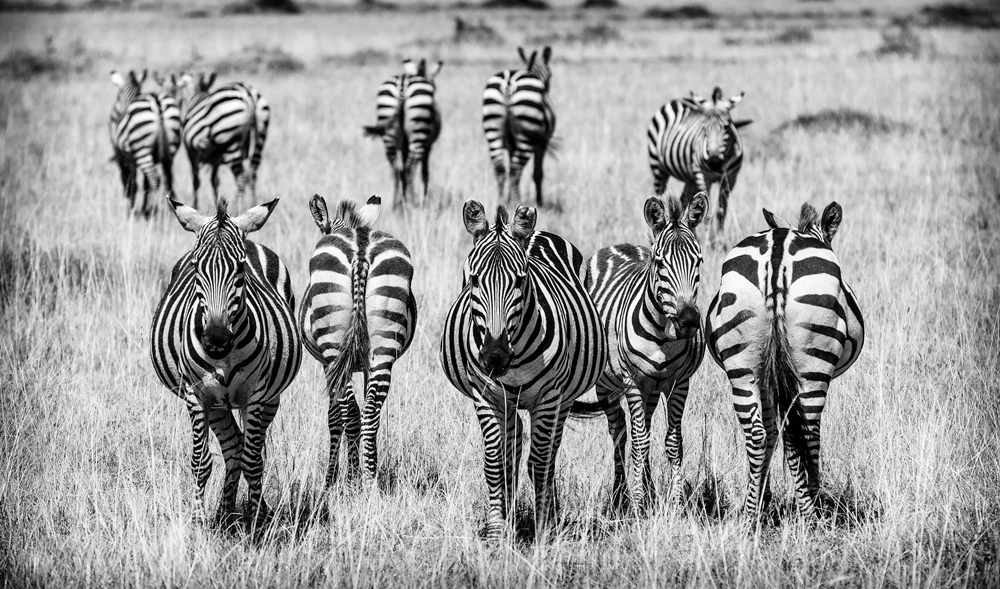
Dazzling Zebras
When you set out on a game drive, there is always the hope of spotting something “big”, and Kenya is famous for her “Big Five” – the name given to the big game that hunters in the yesteryears would want to claim as trophies, and were elusive to find. Thank goodness for practices that no longer exist! Lions, Rhino, Elephants, Buffalo and the elusive Leopard have this nickname attached to them and are always top of my list too, so much so that the rather unfair nickname “the riff-raff” has been given to the “other” animals. Not that they aren’t magnificent in their own right, I suppose this is what happens when you are spoilt for choice in a country as magical as Kenya!
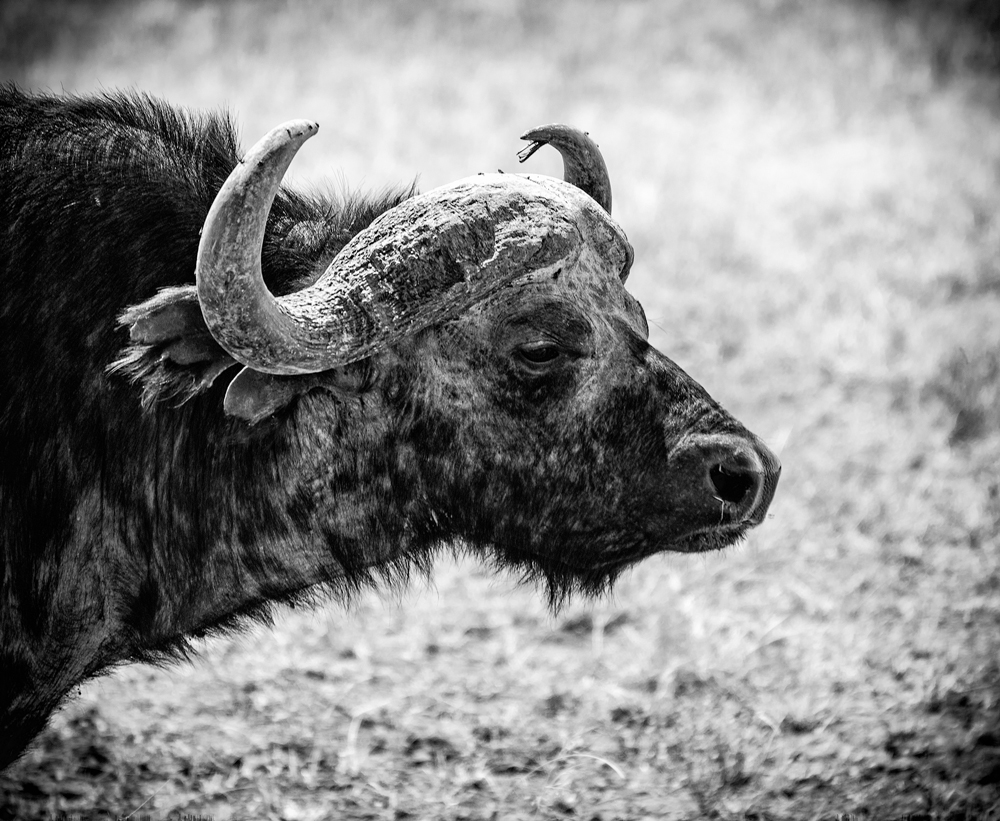
Cape Buffalo – one of the Big Five
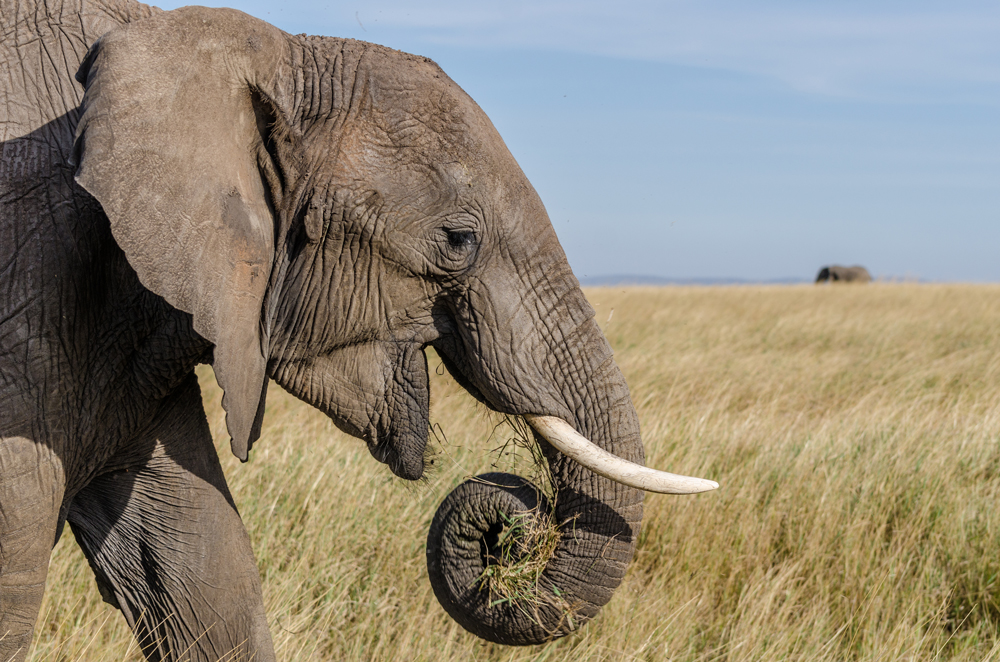
I simply love these Gentle Giants!
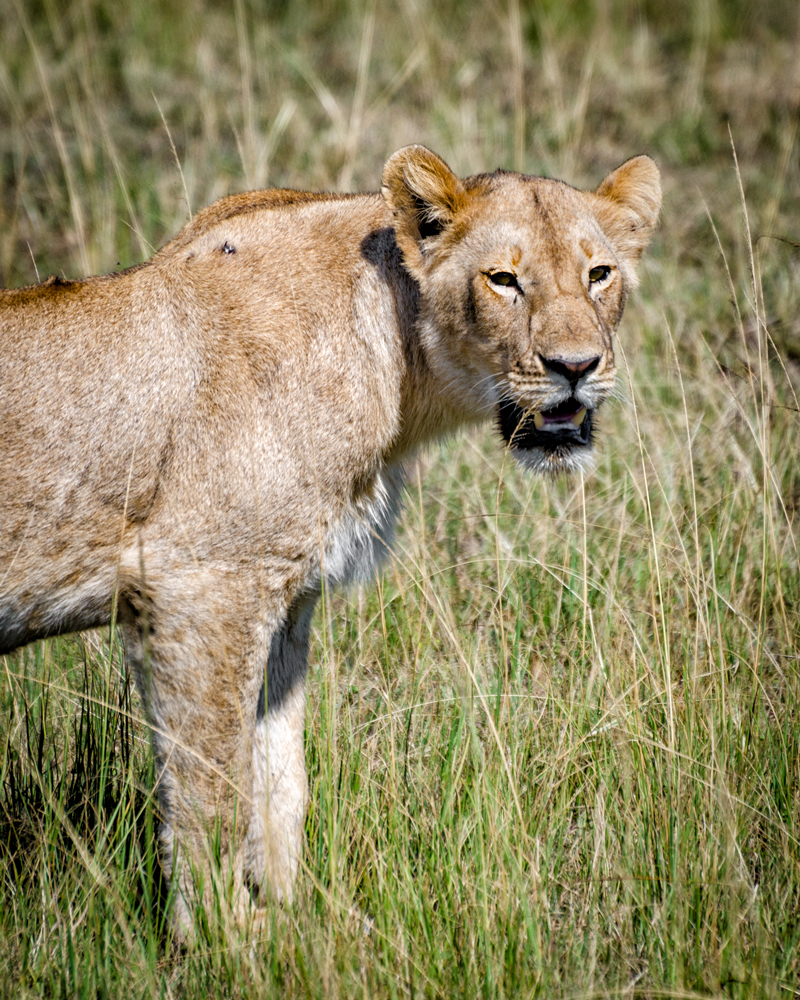
Lioness on the prowl
The Mara has helped change that mind set somewhat, with the plethora of species that roam around her vast plains. From the Little Five like the Elephant Shrew, Leopard Tortoise, Rhino Beetle, Ant Lion and Buffalo Weaver that are rarely seen, to waterbucks that seem to ballet gracefully on water, to skittish dik-diks that do no harm but get eaten themselves, and to one of the Ugly Five like the hyena, there is something for everyone to see on a Safari. For me though, one experience in the Mara stands out in particular as something I cannot get out of my mind. And this, my dear Wanderlusters, is what folk ultimately come to this part of the world to see. Here is my rendition of the showstopper in the Masai Mara…
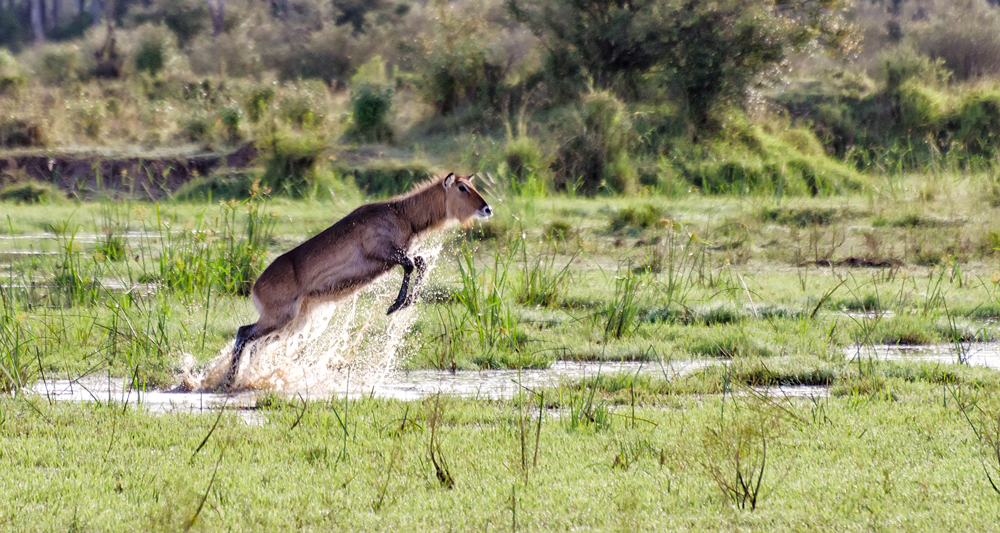
Waterbuck shimmying across water
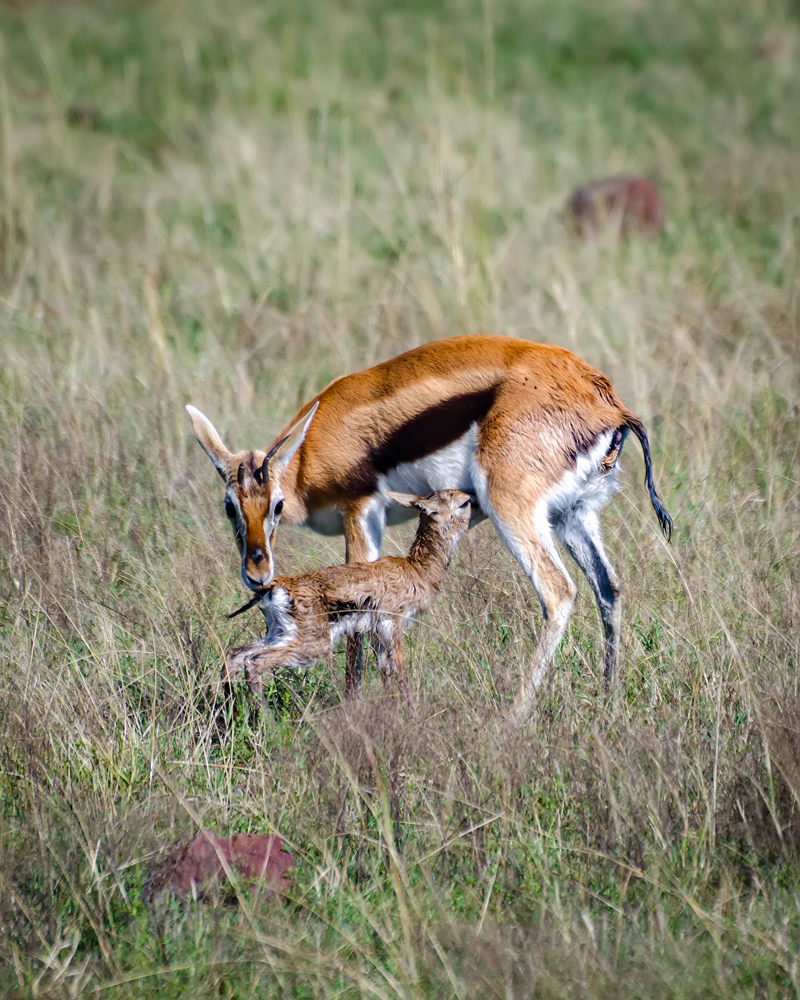
Mama and Baby Dikdik
Far away in the distance, we see a large black shadow move swiftly across the plains. Our driver Simon, who has been with the Serena Lodge in the Mara for several years tells us that something magical is about to happen and rushes us to the banks of the Mara River that snakes its way across the game park. Merely a few minutes later, the black shadow has become apparent: it is a herd of wildebeest mixed with the black and white stripes of a dazzle of zebra, gearing up to cross the gushing waters of the river.

Wildebeeste and Zebra in the plains of the Mara
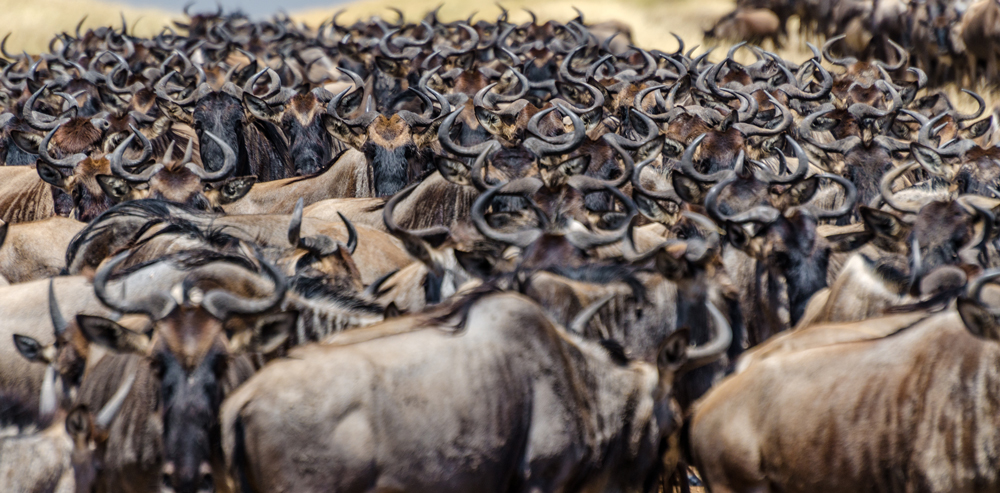
Thousands of Wildebeest: this is the Great Migration
The herd comes to a standstill at the water’s edge. A moment’s hesitation from the leader, and I can almost see a thought bubble pop up over his head, almost as if he is trying to decide whether to cross or not, and then, barely a few seconds later, mind made up, he takes the plunge. The sight that follows has us watching with bated breath. The leader starts to swim across the river, wrestling with the swirling current, and seconds later, the rest of the herd take his lead and jump, the water making a loud splashing sound against their hides. The zebra follow the wildebeeste’s lead and shapes consisting of stripes mixed with the greyish brown make their way from one bank of the river to the other.
The sight can only be described as phenomenal. You can barely hear us breathe above the grunting of the wildebeest and the barking of the zebra. Further along the bank, the herd has split into two and some are taking what can only be described as a leap of faith off a high cliff into the swirling waters of the river. The whole scenario has us completely mesmerised, watching like this is a Nat Geo movie and not a sliver of real life…
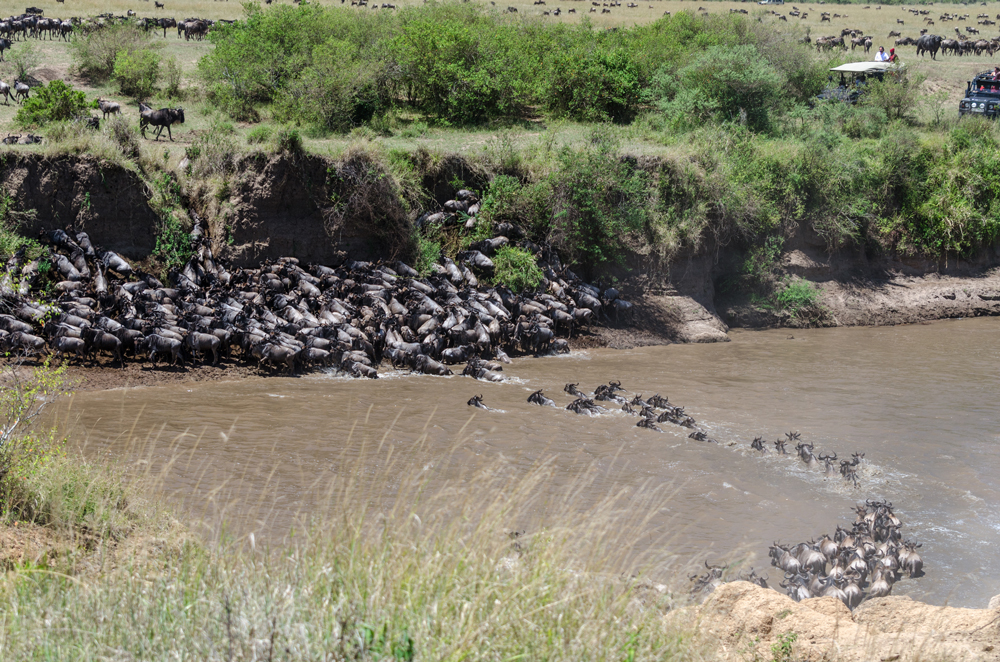
The river crossing
Mid-stream, a hippo floats lazily by, unperturbed by all this movement, his reverie totally uninterrupted by this sudden invasion of four legged land beasts into his watery terrain. In the midst of all this chaos, a crocodile takes advantage of the madness and grabs the leg of an unsuspecting wildebeest, pulling him down to the murky depths of the river. The otherwise brown waters of the river start to diffuse with inky red clouds as the blood from the downed wildebeest starts to spread, attracting a bevy of crocodiles which glide up to the prey, thrashing their tails furiously, snapping their jaws, each one trying to grasp a bite of what is now brunch for them. It is quite a spectacle watching the wildebeest and the zebra swim side by side, hustling to get to the other side and to simply, stay alive. Indeed, survival of the fittest in this circle of life, which, just like the lyrics of the song in the Lion King, moves us all, through despair and hope, through faith and love, till we find our place in the path unwinding
It’s the circle, the circle of life…
On the other side of the river bank, right by our van, the survivors of this great escapade clamber and shake off water droplets, almost sighing with relief at having made it to safety. But wait…not yet time to celebrate because nature has one more dirty trick up her sleeve! This is feasting time for the big cats, food is in abundance and plenty and as the human onlookers to we are now torn between watching the drama of the river crossing or the thrill of watching a lioness stealthily stalk her prey and break into a run, chasing this poor animal who has just made it across the river to its ill-fated destiny of death.
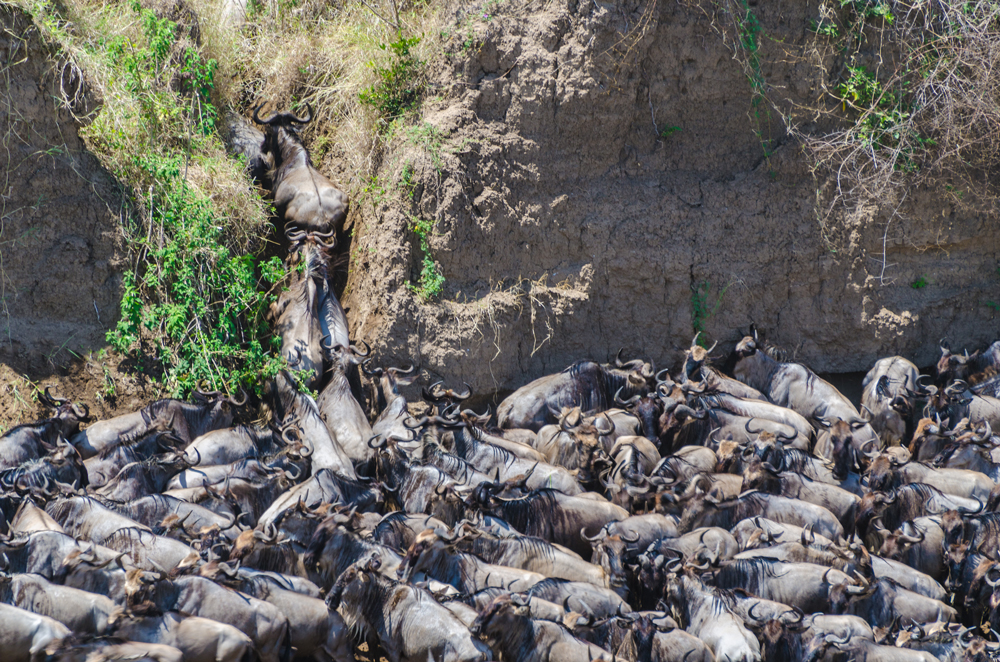
Getting out on the other side
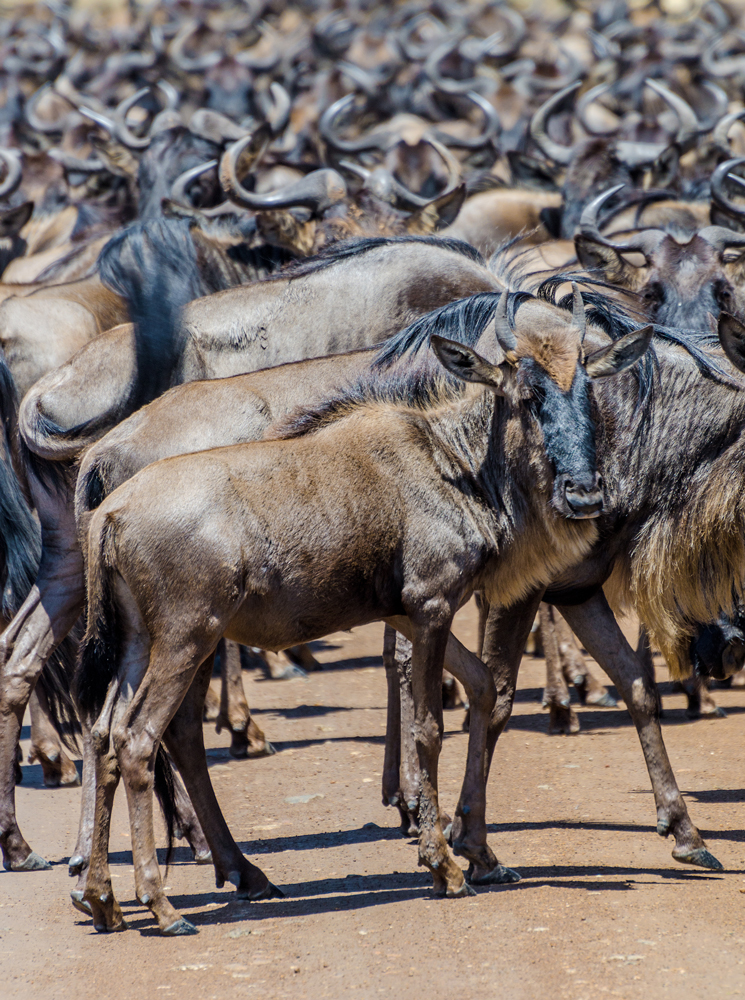
Made it to the other side!
We have just witnessed a river crossing of the Great Migration of the Wildebeest, which is perhaps THE most sought after experience by any traveller on a Safari to the Masai Mara. Described by many as the “New Seven Wonders of the World” or “The World Cup of Wildlife”, this spectacle takes place annually in the Mara, located in the Narok County of Kenya. Millions of wildebeest migrate from the plains of the Serengeti in Tanzania, crossing the border into Kenya in a cyclical pattern in search for food, shrouding the plains of the Mara with an almost black shadowlike appearance, with herds of wildebeest and dazzles of zebra for miles as far as the eye can see. Food is a plenty, and the spring of a few months past has yielded many babies as evidenced by the many lionesses watching over their playful cubs as they sit lazily by the wayside, too full to hunt.
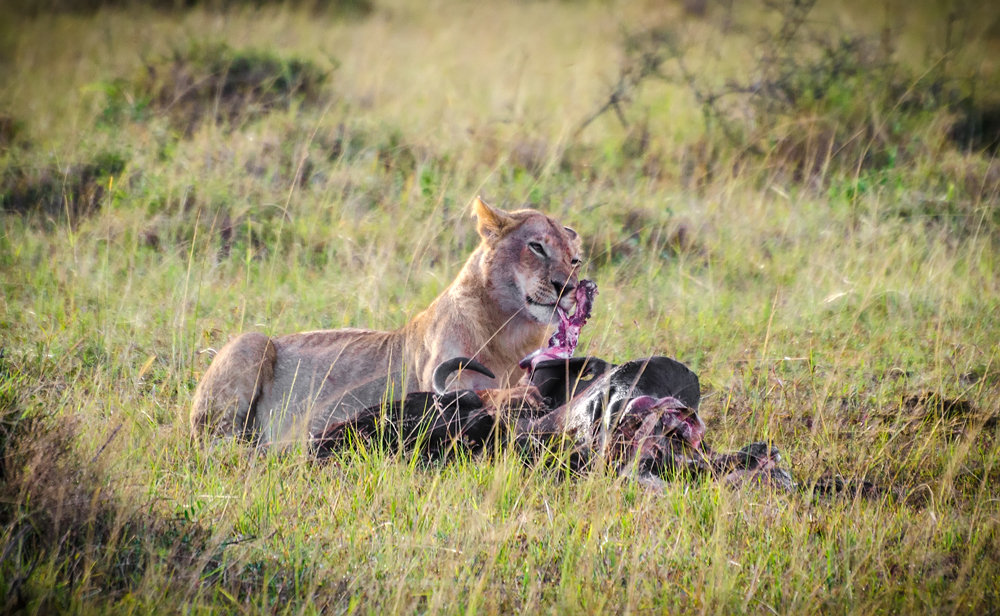
Lioness with a kill- not everyone gets out alive…
This is the circle of life. And indeed, this is witnessed by going on a legendary Safari in none other than Magical Kenya! One of the many things I love about living in this country, and am lucky to call home!
WanderNuggets
On when to go:
The optimum time to witness the Great Wildebeest Migration is between August and early October each year. This is peak season for tourism and accommodation fills up months in advance, so it is advisable to book as soon as you know you want to go!
On where to stay:
There are plenty of lodges and accommodation to choose from, ranging from top end luxury like Richard Branson’s Mahali Mzuri, Angama Mara, Kempinski’s Olare Mara Camp and Mara Bushtops to the five star Serena Mara. Personally, I have stayed at the Serena Mara over 3 times and would recommend this to be a luxurious lodge, and being situated right on the banks of the Mara River, is in an advantageous position over other lodges as it is barely a five minute drive from the crossing point to watch a river crossing.
On what to do:
Early morning game drives are recommended for sunrise, and if you can afford the USD 500 per person price tag then the Hot Air Balloon Safari over the plains of the Mara is likely to be the feather in your cap of this adventure of a lifetime, ending in a bush breakfast served with bubbles.
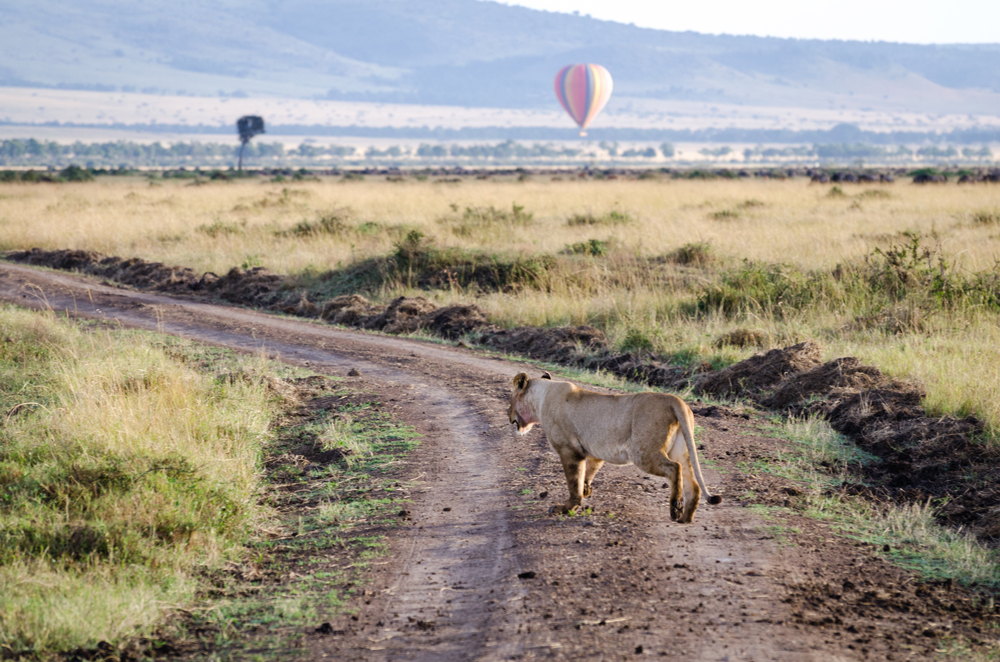
Magical Mara: Lionesses and Hot Air Balloons
If you are staying at the Mara Serena Lodge then don’t miss out on the Hippo Pool Bush Breakfast. It is an out of this world kind of experience indulging in champagne, hot eggs and bacon and all the trimmings topped off with a freshly brewed cup of Kenyan Tea all while watching hippos lazily bask in the water, grunting away or even ogling at their sheer size as they graze on the opposite side of the bank, making this pretty much the postcard picture image of what a Kenyan bush meal is all about.
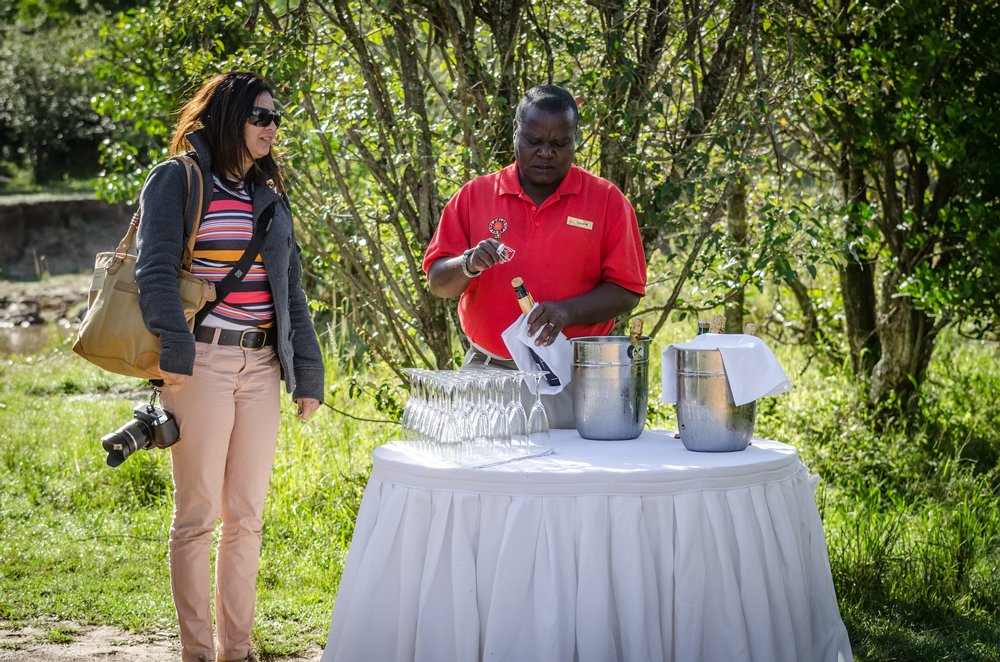
Popping Champagne at the Mara Serena Hippo Pool Breakfast
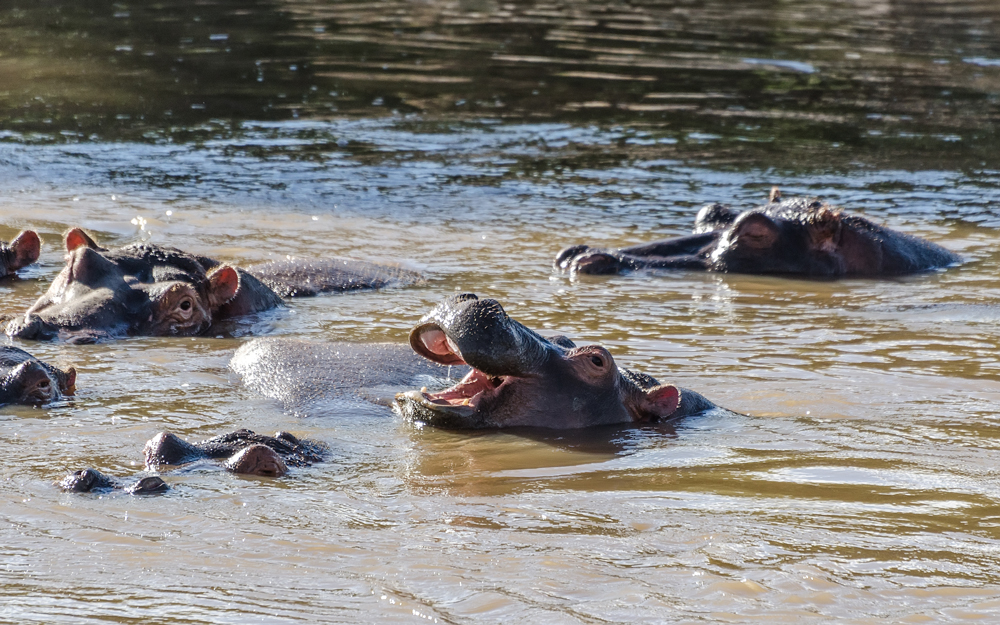
Hippos float around at the Hippo Pool
If you have the time, then do set aside a full day to roam the vast plains in search of the Big Five: Lion, Leopard, Elephant, Buffalo and Rhino. A full day drive will also result in witnessing river crossings from various points along the meandering Mara River.
And of course – time spent at the lodge indulging in a massage, and having a Dawa or two by the pool while basking in the hot Kenyan sun is always a welcome respite from the thrilling yet bone shaking experiences that a Safari is all about!
On what prices to expect:
These vary from lodge to lodge, but start from USD 300 per person per night, upwards.
Entrance Fee: Non Citizens: USD 70 per night
Citizens: KES 1000.00 per person per night.
For more up to date information please visit http://www.maasaimara.com
And until next time, Happy Wanderlusting! xoxo
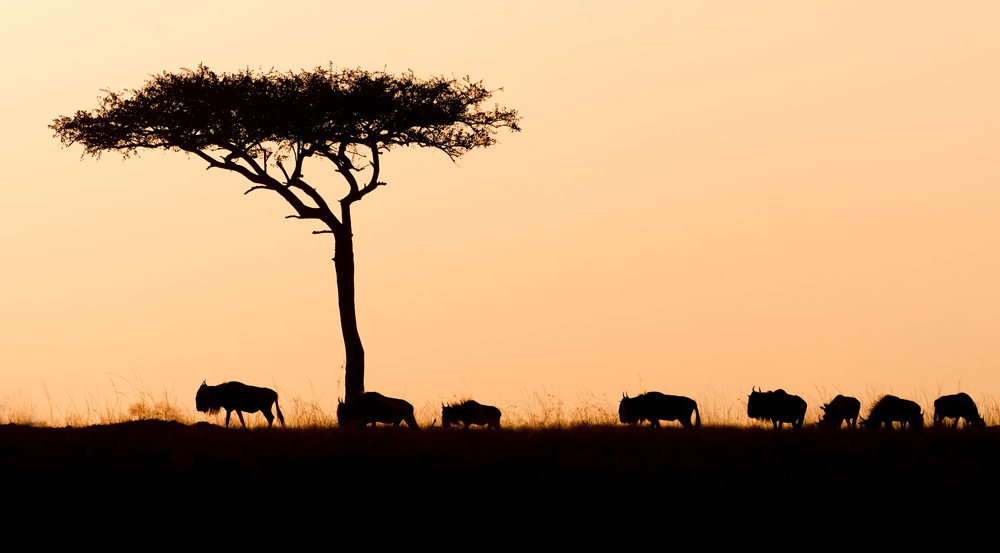
Sunset on the Plains…Going Home

